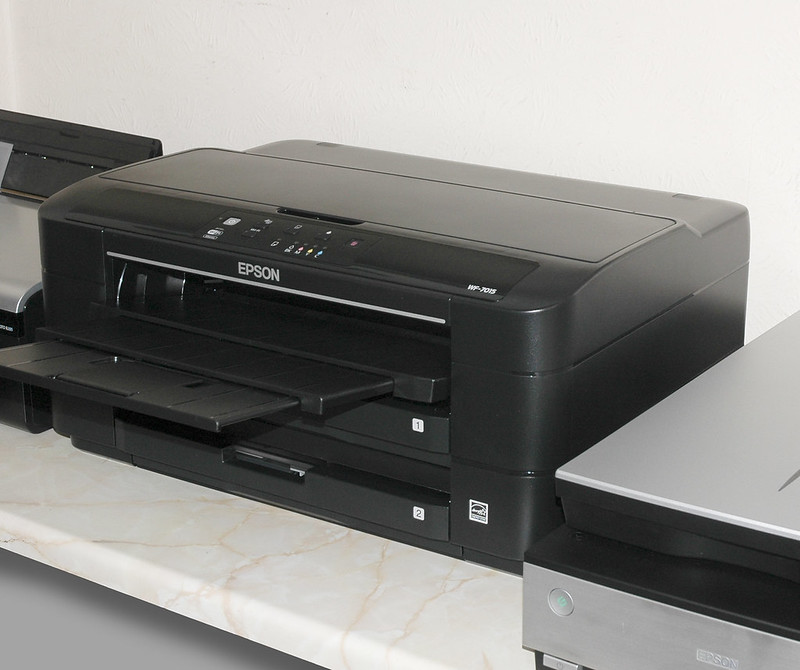Our English weather goes from one extreme to another. It is
not so long ago we were all complaining how cold it was. for the past couple of
weeks it has been progressively getting hotter and hotter
culminating, yesterday,
in a seven year high of 34
ºC (93º F). Now I know that
is not hot for some of you reading this but us Brits just love to complain
about the weather - hot or cold!
Extremes of weather do not make it very comfortable in the
workshop but that is not the only thing keeping me out of the world of tools,
strange noises and the occasion burst of, shall we say, ancient language! For
the past few months there has been a string of events to distract us. Not only
that but one of my long dormant interests has had time to poke through. I
studied art at college, back in the 70's and my work has always had an element
of design about it whether it was in publishing, commercial art of in later
years, woodworking. The true 'art' side of things has always been suppressed by
the commercial restraints of running a 'design' business.
 |
| I might show you one day |
Now with a more relaxed lifestyle I find the ideas are
starting to come back. I mentioned a few months ago that I had visited an art
shop and since I have been experimenting with a few ideas. I am interested in
all sorts of modern art using whatever medium comes to the fore, I also enjoy
sketching from life. Not that I am very good at it, but I am having a go. You
will know if I get anywhere as I might actually show you some of my efforts -
but that is a way off yet.
For now I am interested in urban sculpture. Inspired years
ago by Carl Andre's Equivalent VIII
(1966). If you are not familiar with the name, you may remember it as ' The
pile of Bricks'. The work consisted of 120 fire bricks and was bought by the
Tate in 1972 (six years after it's conception)
To quote Wikipedia "When
first exhibited at the in 1976, the piece drew much criticism in the press
because of the perception that taxpayers' money had been spent on paying an
inflated price for a collection of bricks."
In the quadrangle (
The
Quad) at school stood a sculpture by Oliffe Richmond entitled The Striding
Man. I found this piece very moving as a kid. I had no idea what it was but it
was like nothing I had been able to get that close to before. It had been installed
there in 1962, only a few years prior to my attendance.
 |
| One of six castings (5/6) - Stolen December 2011 |
 |
| mini model |
Another inspiration, for me, was Barbra Hepworth. When I was
at school, the local council bought a Hepworth bronze and plonked it in the
middle of Dulwich park.
Two Forms (Divided Circle)
it was casting 5/6. I say was because one night in December 2011,
after standing there for more than 40 years, thieves broke into the park, cut
the sculpture from its stand and made
off with it heading for the scrap dealer. As far as I am aware, it was never
seen again. Shortly before it was stolen, I made a micro-Meccano model of it
for a club competition and took some pictures of the original. The only
saving grace is that it was the fifth of six castings made by Hepworth. The
other five castings are scattered around the world. There is one in the
Fellows’ Garden at Clare College, Cambridge.
This one is on loan from the Hepworth Estate. There is another one in front of
the University of
Bolton. Again on loan,
this time from the Bolton
Museum, Greater Manchester.
Israel has one at the
Lola Beer Ebner Sculpture
Garden in Tel Aviv, and there are two
in the United States, one at
the
Mary and Leigh Block Museum of Art at Northwestern University
in Illinois,
and another in a private collection.
My own art is not so grand but I like to think it encourages
some thought. I might even show you some one day, but for now I am still
working on my latest piece...
Ralph.


























